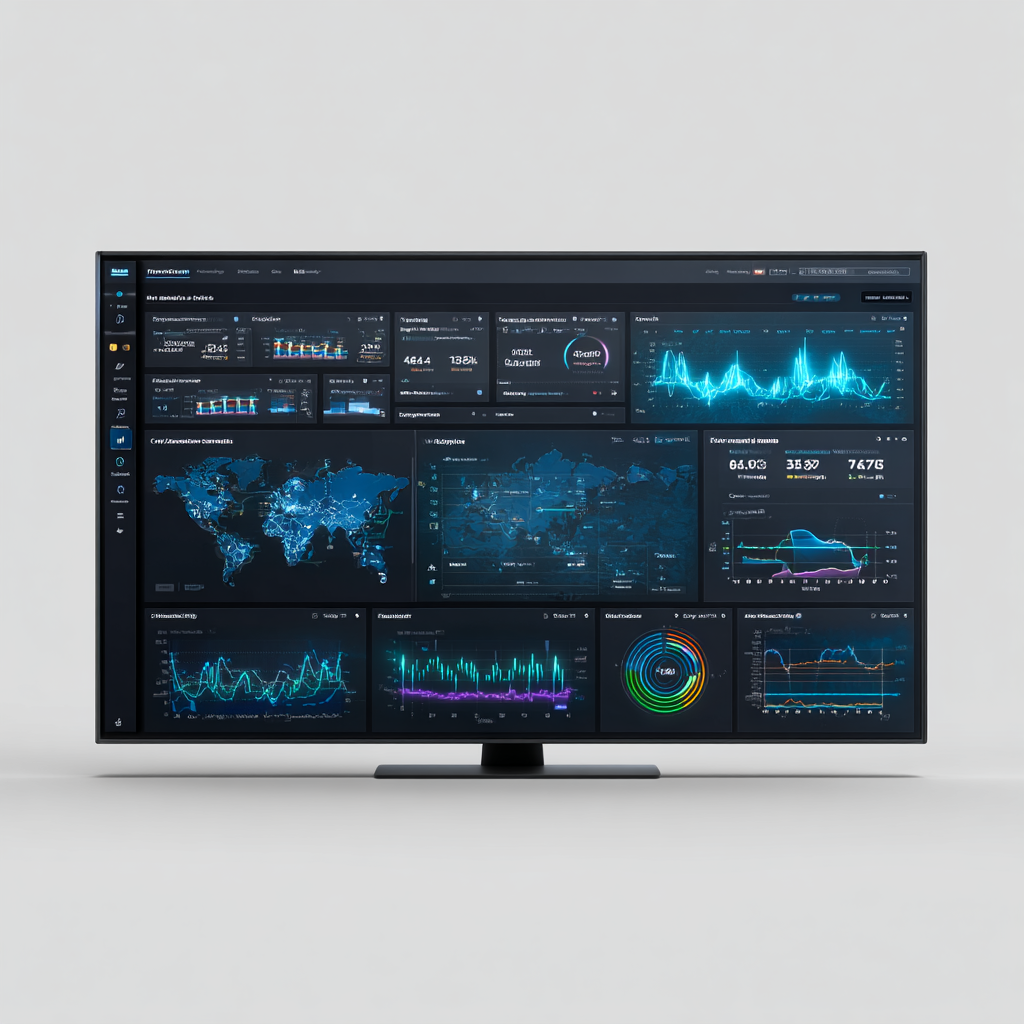Board portals used to be judged mainly on security, usability and how well they replaced paper packs. That baseline has not changed, but a new dimension has been added. Vendors now talk about AI summaries, intelligent search and automated minutes. For directors and governance professionals, the question is no longer whether to use a portal. It is how to choose the best board portal software for an AI-enabled governance future without increasing risk.
This article outlines what “AI-enabled” should mean in a board context, which features are genuinely useful, and how to assess platforms so technology strengthens oversight instead of distracting from it.
Why AI readiness matters for board portals
AI in the boardroom is moving quickly. Large language models and other tools are already helping teams condense long reports, track actions and surface patterns across historic minutes. International investor bodies such as the International Corporate Governance Network (ICGN) are urging boards to treat AI as a core governance topic and to prepare for deeper dialogue with shareholders on how it is used. Their AI engagement guide highlights accountability, transparency and risk management as expectations for both boards and executives.
At the same time, academic and policy work on trustworthy AI in corporate governance warns that AI systems need clear human oversight, explainability and strong safeguards around data use. This is especially important where decisions affect investors, employees and communities.
In short, AI capabilities are becoming part of normal board work. Portals do not need to be cutting-edge research labs, but they do need to accommodate AI in a controlled and transparent way.
Foundations first: what every board portal must still deliver
Before considering AI features, decision makers should confirm that a platform meets the traditional requirements of a modern board portal. The best solutions cover at least four foundations:
-
Security and compliance
Strong encryption, reliable authentication, granular permissions and data residency options that align with regulation and internal policy. -
Core governance workflows
Tools for scheduling meetings, building agendas, compiling packs, capturing approvals and tracking resolutions, all designed around board and committee practice. -
Usability for busy directors
Clean interfaces, offline access, an intuitive app experience and good support for annotations so directors can work effectively from any location. -
Audit trails and records
Clear version control, logs of changes and archiving that supports legal and regulatory requirements.
If a platform is weak on any of these points, AI capabilities will not compensate.
AI features that add real value
Once the basics are in place, AI can help reduce friction in board workflows. Useful capabilities usually group into a few categories.
1. Summaries and highlights
AI can generate concise summaries of long reports, highlighting key changes since the last meeting, main risks and decisions required. Directors still read the underlying documents, but they can identify priorities faster.
2. Draft minutes and action logs
For many boards, minutes and follow-up actions are a major workload for the corporate secretary. AI tools can convert structured notes or transcripts into draft minutes and extract decisions and responsibilities into an action register for human review.
3. Smarter search across history
Instead of scrolling through archives, directors can ask natural language questions such as “When did we last review our cyber insurance cover” and see relevant minutes and papers.
4. Agenda and calendar support
Based on past cycles and annual plans, AI can suggest agenda structures and check that recurring items, such as risk reviews or policy updates, appear at the right frequency.
Each of these use cases focuses on text-heavy, repeatable tasks. None of them should bypass human judgement.
Governance and risk questions to ask vendors
AI in board portals raises specific governance questions. Boards and executives should ask vendors to explain:
-
Data use and boundaries
Where are AI models hosted, and how is data separated between clients? Are your board documents ever used to train models outside your organisation? -
Access control
Does the AI engine respect the same role-based permissions as the rest of the portal, so users only access content they are authorised to see? -
Auditability
Can the platform show which AI actions were taken, by whom, on which documents and when? Are AI-assisted sections of packs or minutes clearly flagged? -
Reliability and fallback
What happens if AI services fail or are switched off? Can the portal continue to support all core governance workflows without interruption?
Guidance aimed at boards on AI oversight consistently stresses the need for clear accountability, robust risk frameworks and transparency about how AI influences decisions. These principles apply just as strongly to the tools used in the boardroom as they do to AI in products or operations.
How to compare AI-enabled portals in practice
When shortlisting solutions, it helps to move beyond feature lists and focus on real scenarios. A practical approach might include:
-
Running a pilot with redacted sample packs to see how summaries read and how accurate AI-assisted minutes are after human editing.
-
Asking the vendor to demonstrate how a new director would use AI search to understand the history of a major strategic topic.
-
Reviewing how AI features are configured, including whether they can be enabled or disabled for particular entities, committees or document types.
-
Checking how the portal integrates with single sign-on, document repositories and compliance tools already in use.
Boards can then compare platforms on a matrix that includes both traditional portal criteria and AI-specific factors.
Role of specialist platforms in the AI-enabled governance future
Most organisations will not build their own board technology stack. They will rely on specialist providers that combine secure document management, meeting workflows and AI support in a single environment.
Solutions such as best board portal software aim to provide this combination. They focus on governance-first design, then add AI features for summarising, searching and drafting inside the same access controls and audit trails that already govern board work.
The brand you choose matters less than the discipline you apply. The best platform for an AI-enabled governance future is the one that:
-
Meets the highest standards for security and usability today.
-
Offers AI capabilities that solve real board problems without overreach.
-
Aligns with your organisation’s AI and technology risk frameworks.
-
Gives directors and governance teams confidence that they stay firmly in control.
Building an AI-enabled governance roadmap
Choosing the best board portal software is only one step. Boards should also think about how AI will be introduced into their governance practice over time.
Practical steps include:
-
Defining which use cases to pilot first, such as pack summaries or draft minutes.
-
Adopting a short AI policy for board work that covers scope, review and security.
-
Providing training for directors and governance staff on how to interpret AI outputs.
-
Reviewing experiences regularly and adjusting configurations or policies as needed.
Handled this way, AI moves from marketing slogan to quiet infrastructure. It helps boards see the right information at the right time, while the core duties of oversight, challenge and long-term thinking remain where they belong, with the directors around the table.

